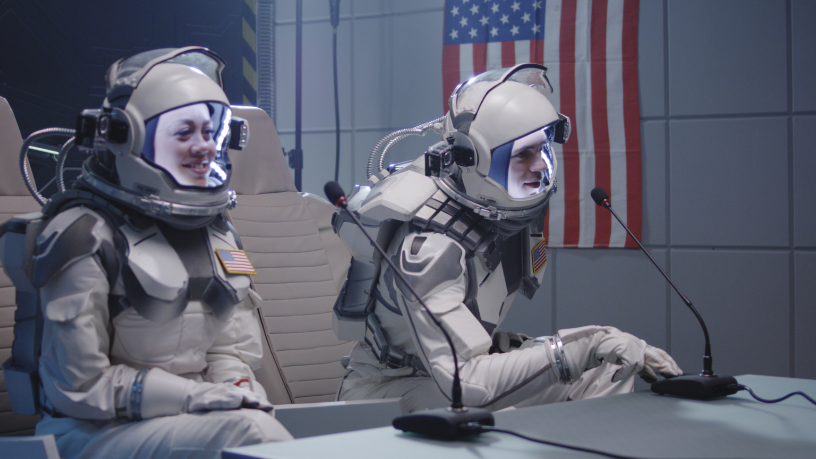In a spectacular display of precision and technology, NASA and SpaceX have successfully launched the Crew 11 mission, further solidifying their partnership in advancing human spaceflight. The Crew 11 mission, launched from Cape Canaveral, represents a critical step in NASA’s ongoing efforts to maintain continuous human presence aboard the International Space Station. This mission highlights the evolution of space travel, with SpaceX’s cutting-edge spacecraft playing a pivotal role in ferrying astronauts safely to orbit.
The Crew 11 mission brings together a diverse group of astronauts tasked with conducting vital scientific research and maintaining the International Space Station’s operational capabilities. The crew includes experienced astronauts alongside first-time space travelers, underscoring NASA’s commitment to training and expanding the ranks of space explorers. Their journey aboard SpaceX’s Crew Dragon spacecraft symbolizes the new era of commercial partnerships enabling more efficient and reliable access to space.
SpaceX’s role in the Crew 11 mission showcases the company’s technological advancements in spacecraft design and reusability. The Crew Dragon vehicle, known for its sleek design and state-of-the-art safety features, has become a cornerstone of NASA’s human spaceflight program. The success of this launch adds to SpaceX’s growing legacy of innovation, proving the viability of commercial spacecraft for critical government missions and paving the way for future explorations beyond low Earth orbit.
The Crew 11 mission carries significant scientific objectives, including experiments spanning biology, materials science, and Earth observation. These experiments not only advance fundamental knowledge but also have practical applications for life on Earth. The presence of Crew 11 aboard the International Space Station ensures continuity in scientific discovery, providing a unique microgravity environment for testing technologies that could be vital for deep space missions.
The logistical coordination behind the Crew 11 mission reflects years of meticulous planning between NASA and SpaceX. From pre-launch preparations to in-orbit operations, every phase of the mission requires seamless integration of technology, personnel, and protocols. This collaboration exemplifies how public and private sectors can work hand-in-hand to achieve ambitious goals in space exploration, setting a precedent for future missions involving other commercial partners.
Safety remains paramount in the Crew 11 mission, with multiple layers of redundancy and emergency protocols embedded in the spacecraft and ground control procedures. The successful launch and docking of Crew 11 underscore the robustness of SpaceX’s technology and NASA’s operational expertise. Continuous monitoring and communication between the crew and mission control ensure that astronauts are supported throughout their mission, reinforcing confidence in the reliability of modern spaceflight.
The broader implications of the Crew 11 mission extend beyond immediate scientific and operational goals. It represents a milestone in humanity’s pursuit of sustained presence in space, laying groundwork for future missions to the Moon, Mars, and beyond. The mission’s success reflects the increasing maturity of commercial spaceflight, which is becoming integral to national and international space exploration strategies.
In conclusion, the NASA and SpaceX Crew 11 mission stands as a testament to human ingenuity and cooperation in the realm of space exploration. The mission’s flawless execution demonstrates the effectiveness of public-private partnerships and heralds a new era of discovery and technological progress. As Crew 11 continues its journey aboard the International Space Station, the world watches in anticipation of the knowledge and breakthroughs that will emerge from this landmark mission. The Crew 11 mission is not just a voyage to space but a bold step toward humanity’s future among the stars.
Author: Eura Tymal







